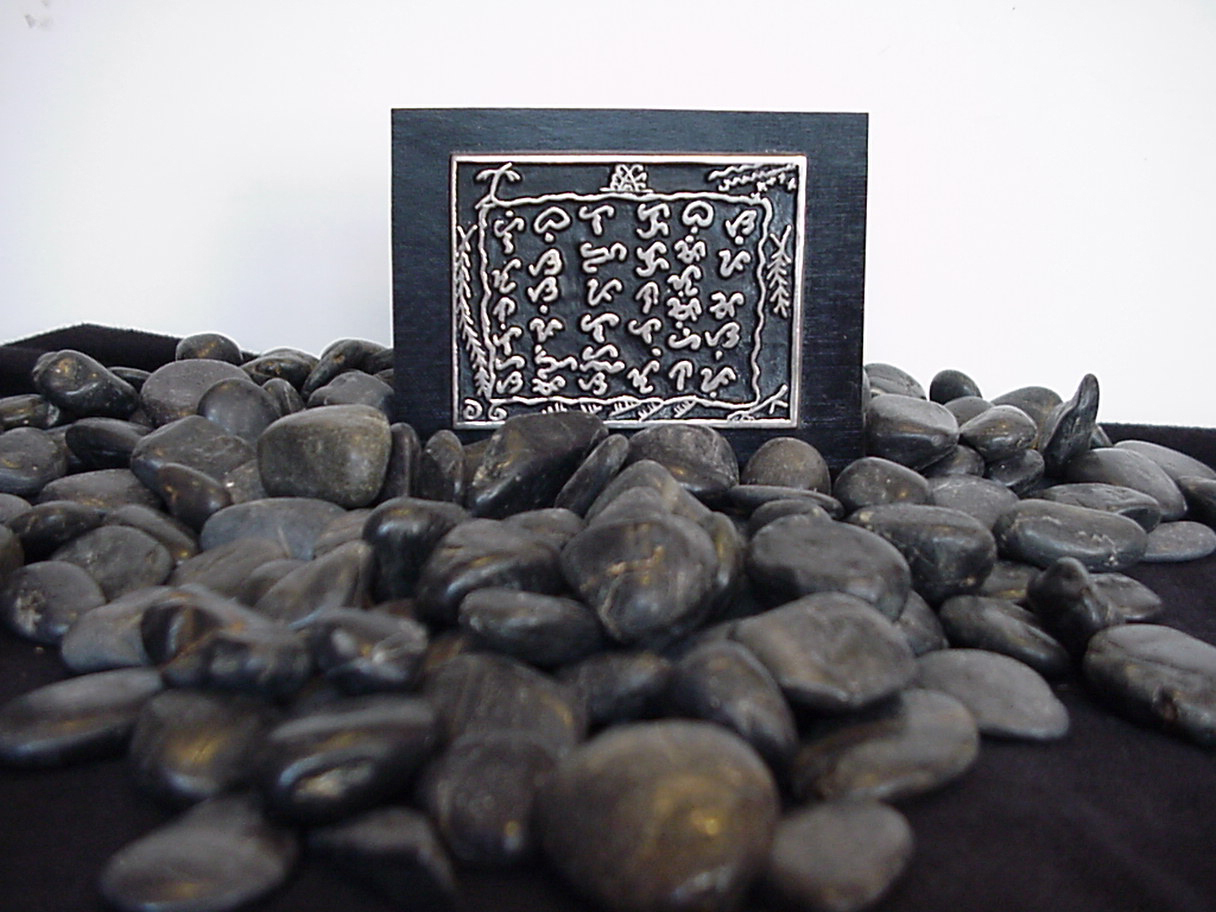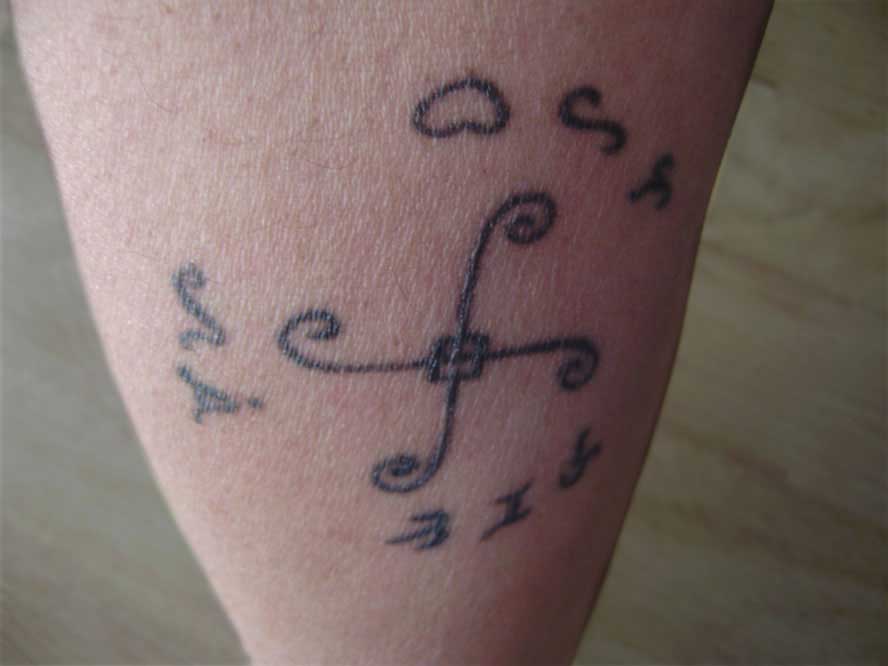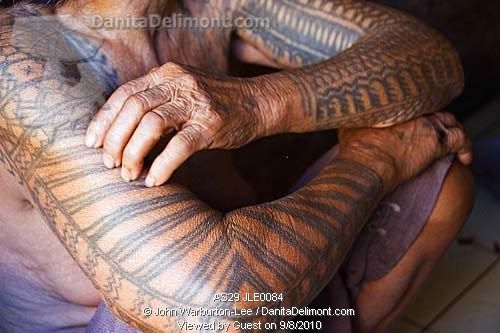 A tattoo in alibata would be nice.
A tattoo in alibata would be nice.There are so many different interesting types of tattoos that are interesting in its exoticism. One of the many traditions originating from the mythical east is the tradition of the Philippine Kalinga Tatoo.
Those who wear the tattoo are called pintados by the then Spanish Conquistadors who stepped on Philippine Soil. And the name they have for the art of tattooing was called pambatok or skin arts.

It is a tradition that has spread out in the different parts of the Islands, thus there are different distinct versions from each region.
One of the oldest, if not the only one left, and the most respected traditional tribal mambabatok is Whang Od, a Kalinga woman, uses siit or thorn and hammers it down on your skin.


A group of tattoo artists like 'Tatak ng Apat na Alon Tribe' are reviving this dying traditional tattoo culture.
 According to one of the best tattoo artists in Boracay, Dandy Canalita of Inkupuncture, if you're a foreigner and want to have the traditional or the neotraditional batok, you will be charged at a higher price. This is beacuse it was originally forbidden to have a batok if you are not a pure blooded Filipino.
According to one of the best tattoo artists in Boracay, Dandy Canalita of Inkupuncture, if you're a foreigner and want to have the traditional or the neotraditional batok, you will be charged at a higher price. This is beacuse it was originally forbidden to have a batok if you are not a pure blooded Filipino.Some of the newer tattoos

The Halik
It literally translates to "kiss". This writing is a poem about love. Though there is none in tattoo form it would still serve as a good piece. The jewelry is done by brand 'Urduja'.
sa halik / In a kiss
nagtalik/ there meets
mga pusong sabik/ eager hearts
‘sang iglap/ In one moment
pangarap/ dreams
tila nakapkap/ are searching
nahimok/ In an instance
tumibok/ The is the beating
pusong mapusok/ of a passionate heart

The Lakaran
This signifies a spiritual journey that one undertakes throughout life. Lakaran (journey), Mutya (muse) & Bathala (God) & Pinakuri-kuran, a Mangyan Tribal Cross Motif are written in baybayin surrounding the symbol.
This is a Kalinga prayer for peace and unity. It it a Dosayan, a traditional song of the Kalinga people of the Cordilleras, Northern Philippines. It is offered to Kabuniyan, Creator-Skygod to the Cordillerans.
DOSAYAN, DOSAYAN
DOSAYAN, DOSAYAN
DOSAYAN, DOSAYAN
| TULUNGAN CHA KAMI KABUNIYAN DOSAYAN, DOSAYAN | HELP US, KABUNIYAN DOSAYAN, DOSAYAN | |
| ICHOM NAM URNOS YA KAPYA SIYANAT NAN KOCHAWON MI | GIVE US PEACE AND UNITY THAT IS WHAT WE SEEK |

Places where the tattoos are traditionally placed, they are more commonly found as sleeves but some are located from the butt/thigh area down the leg.




 The designs vary per person and no two people have the same tattoos. Each of the different designs have different meanings, like for example the beehive design symbolizes "unity" and perhaps being hardworking.
The designs vary per person and no two people have the same tattoos. Each of the different designs have different meanings, like for example the beehive design symbolizes "unity" and perhaps being hardworking.I like the way they used the designs in enhancing the body of a person. The placement of the sleeve tattoos seem to emphasize the limbs of the men and the placement of the tatoos on the legs of women emphasizes their curves.
I am amazed at how they are able to create such a repetitive pattern with little error, especially considering it's done on the whole body. Also the amount of pain would have been almost unbearable.
The overall effect of the design is breathtaking. The tattoos act almost like an armour on the body since it follows the natural form of the person. It's an art form i never thought would come back, because of the newer tattoo designs and the more popular asian neighbors' tattoo cultures.
It's interesting to see the traditions that have seemed almost lost return as the coming generations are doing their best to preserve their cultural heritage.
-----
~Krisan
Sources
http://www.urduja.com/tattoo/dosayan.html
Some images taken from ' Tatak ng Apat na Alon'
Other images taken from google













